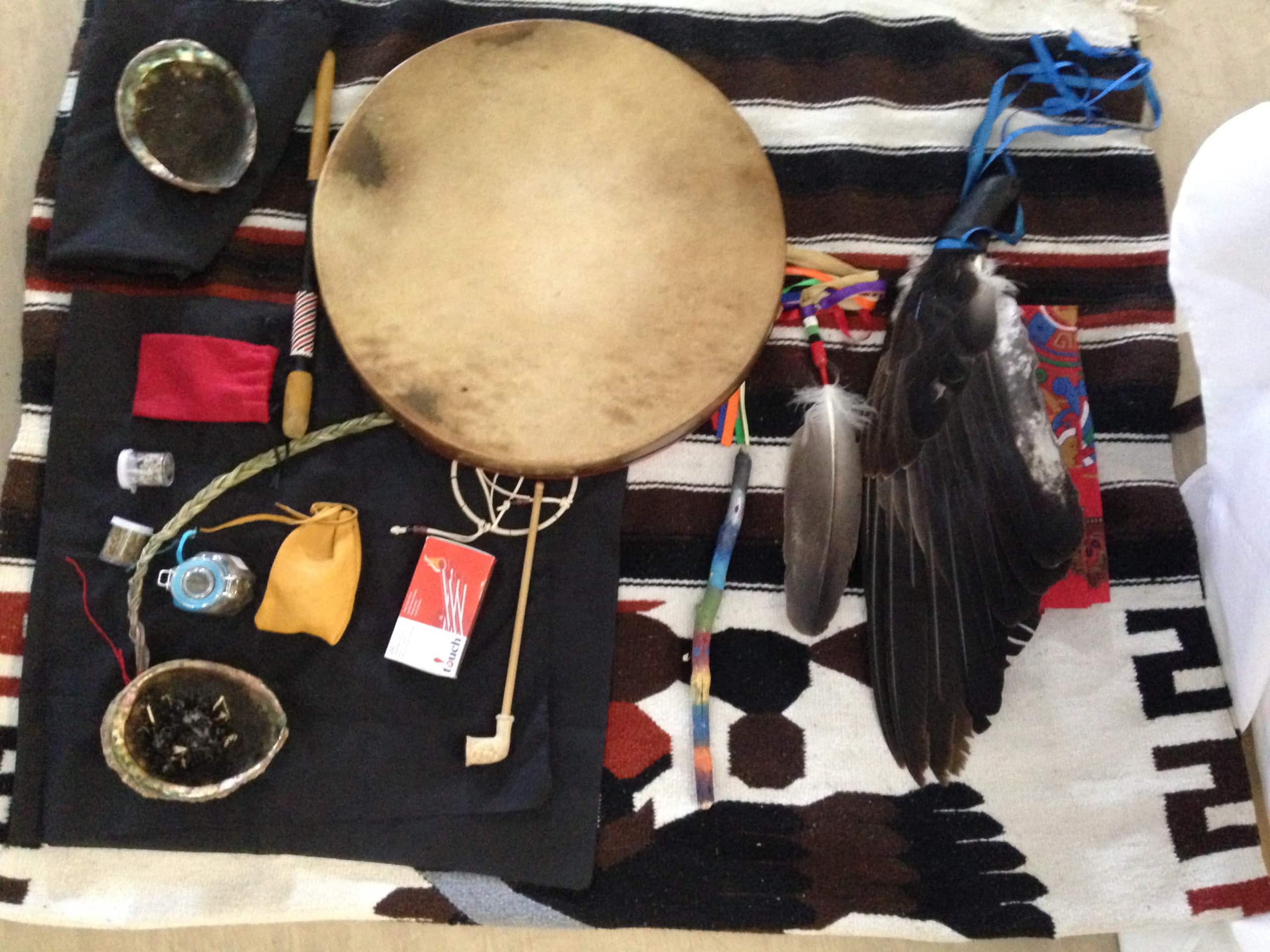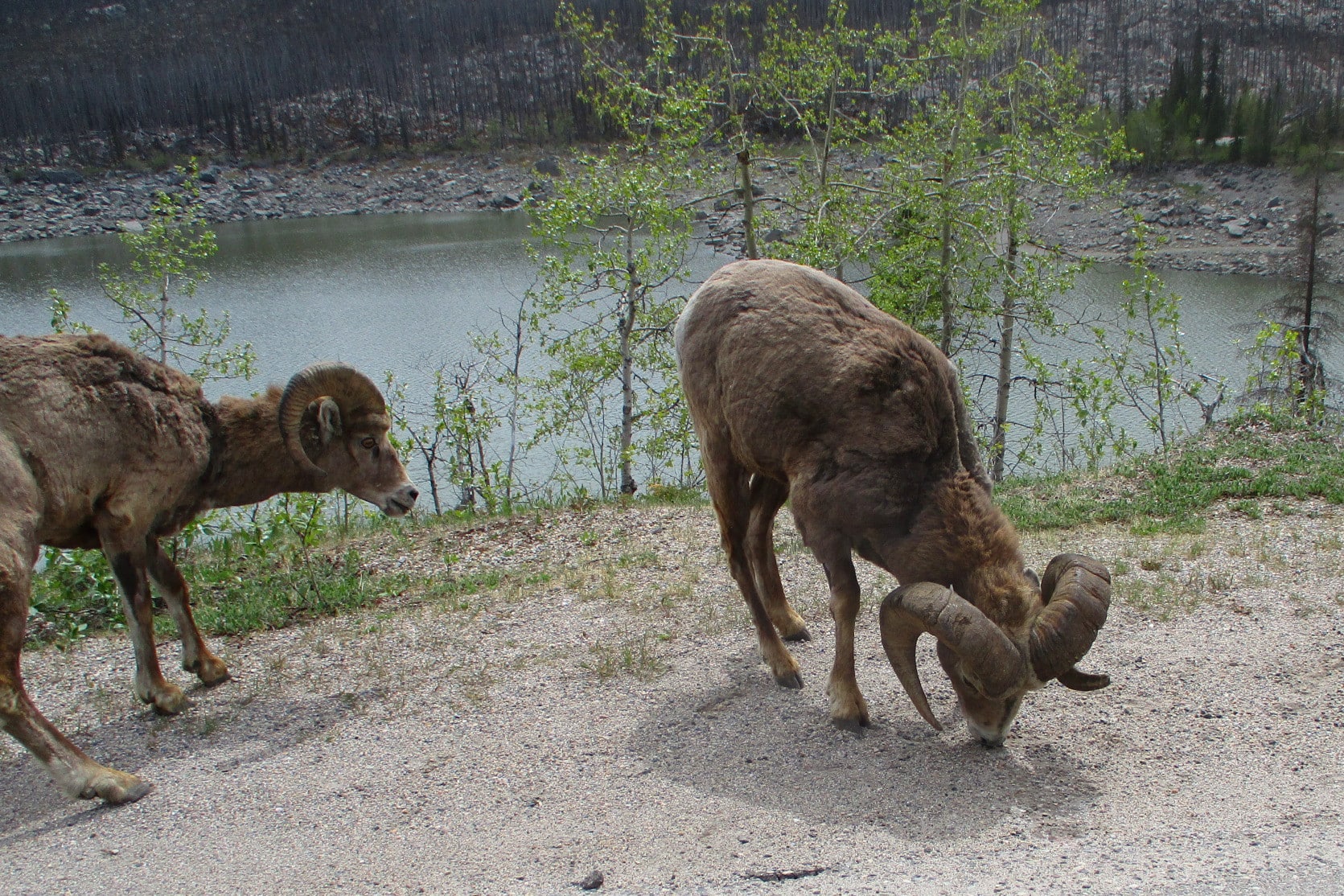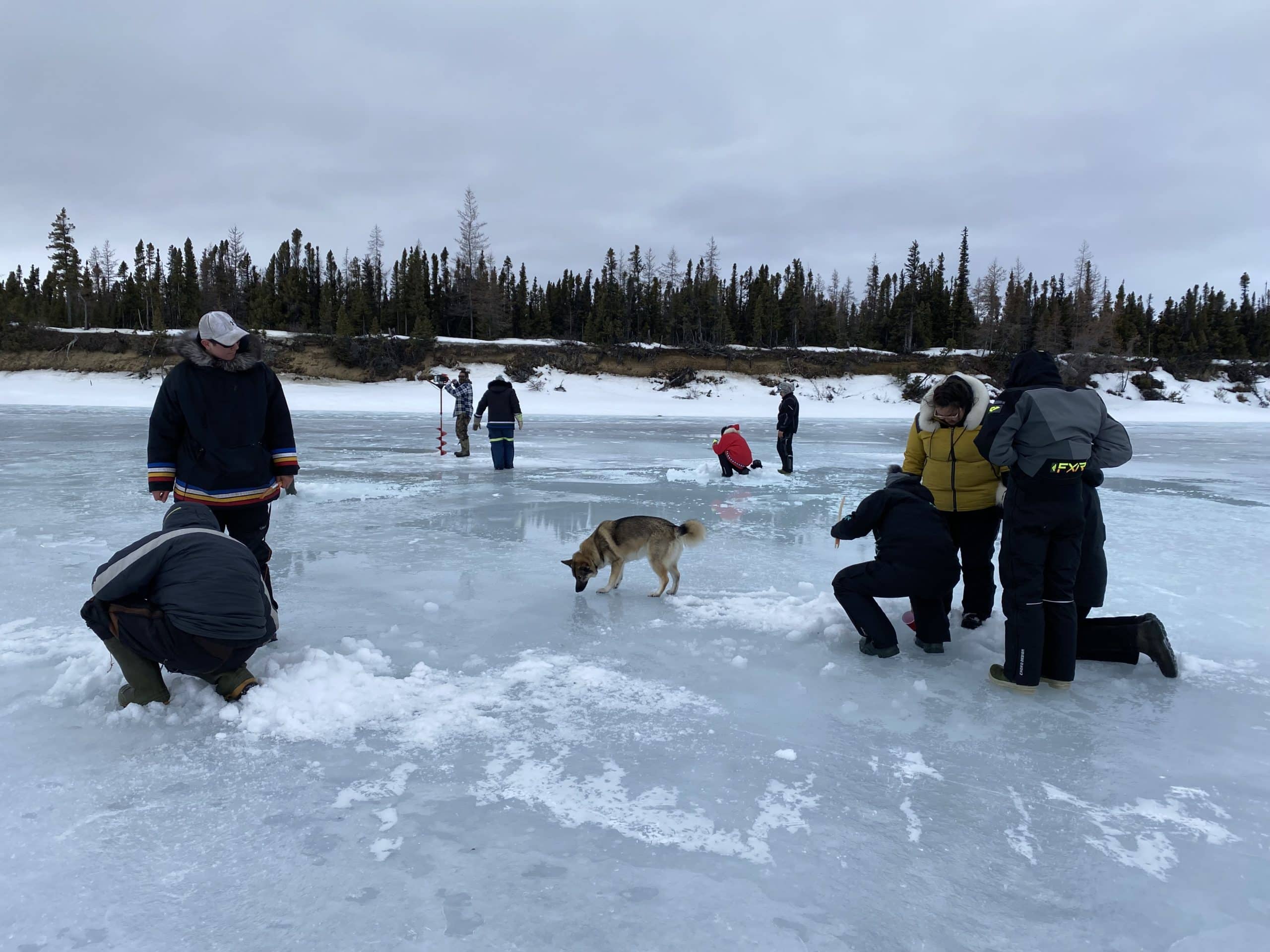Beyond Conservation:
Before you get started
On this page:
Before laying the groundwork for a collaborative project, it is important to learn about and familiarize yourself with the historical and current context of Indigenous and non-Indigenous relationships in Canada and specifically in the area where you will be working. The following suggestions will help you build relationships with First Nations, Inuit, and Métis people that are rooted in respect, understanding, and humility.
Understanding the rights of Indigenous Peoples
Along with improving your understanding of Indigenous Peoples, their cultures, histories, and lived experiences, it is important to be familiar with and understand the unique rights of Indigenous Peoples that are guaranteed and protected under provincial, territorial, national, and international laws. Recognizing and upholding these rights is essential to building and maintaining a spirit of reconciliation in your interactions. Many (but not all) First Nations, Métis, and Inuit nations have treaties or modern land claim agreements that define their rights, title, and jurisdiction over their territories. In June 2021, the United Nations Declaration on the Rights of Indigenous Peoples Act was passed by the Canadian parliament with the goal of bringing Canadian law and policy into alignment with the UN resolution.
Tools and resources
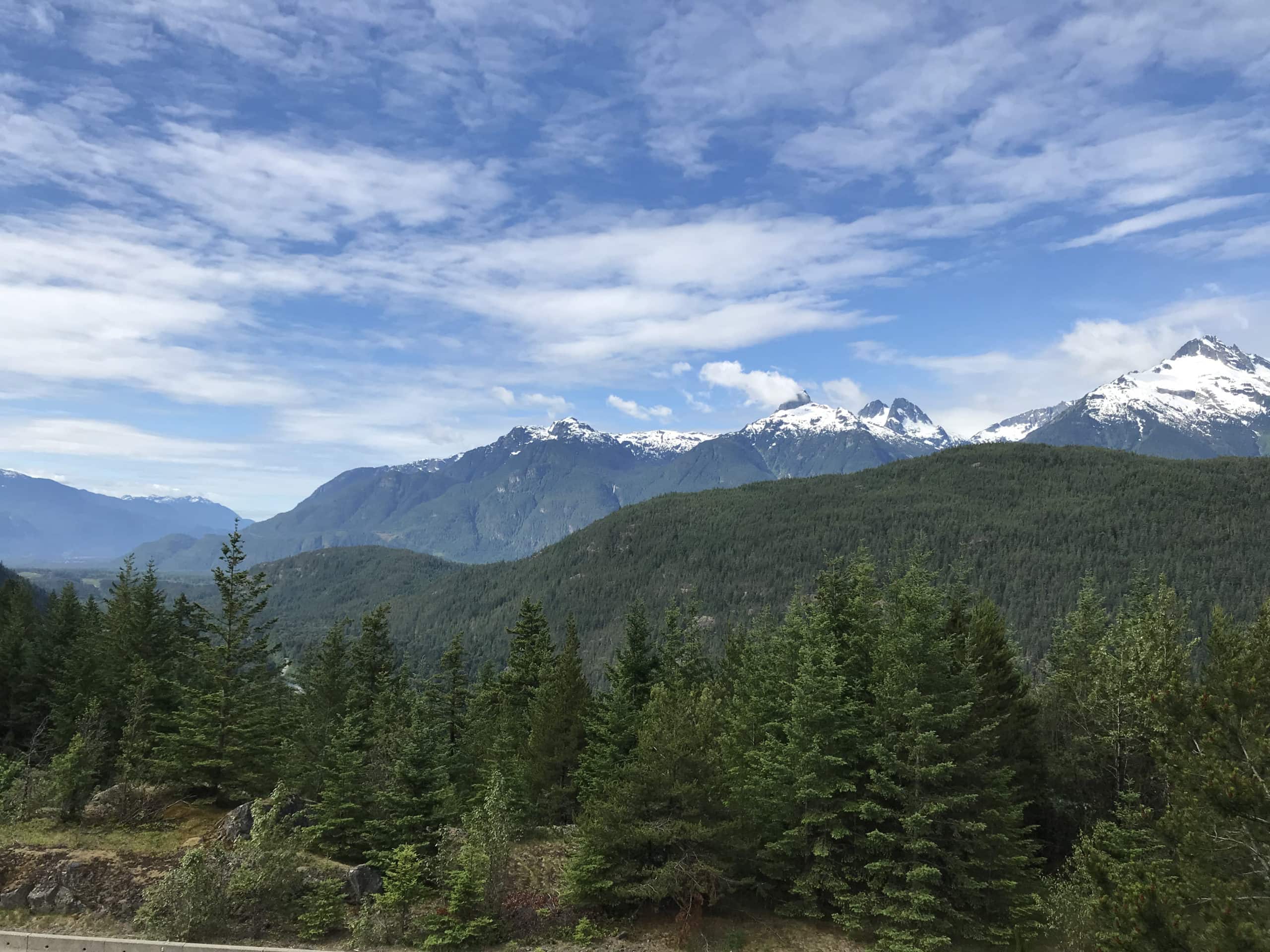
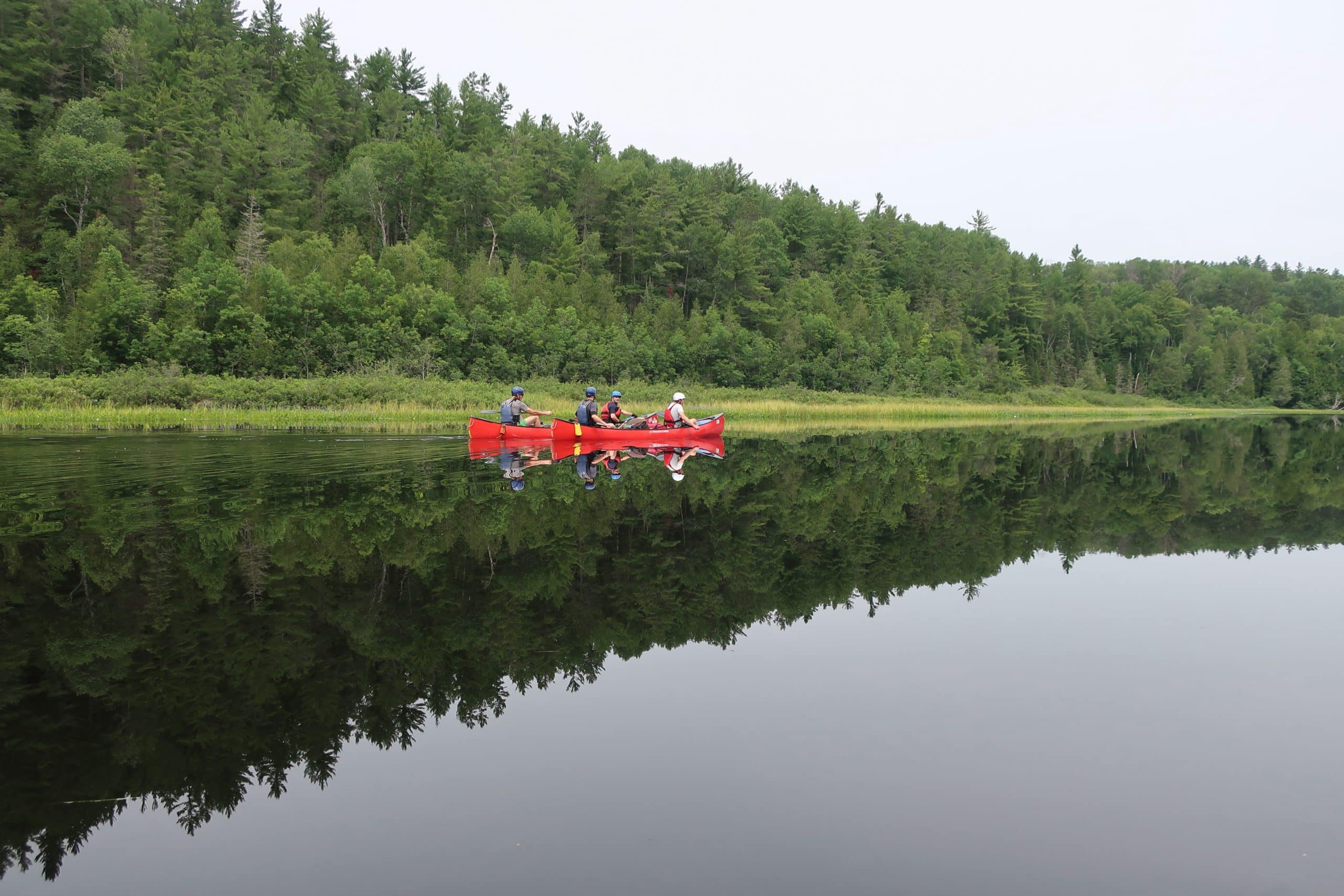
Committing to ongoing (un)learning
Most Canadians did not learn about the history of colonialism and residential schools as part of their education. Due in part to the way non-Indigenous society has interpreted and taught history, many Canadians suffer from some form of negative bias towards Indigenous Peoples, their cultures, and their ways of being. Training can help expose these biases, correct misunderstandings or false assumptions, teach you how to act in a culturally sensitive way, and increase your awareness of the context of your relationships with Indigenous Peoples and communities. Accept that this will likely involve a certain amount of “un-learning” or “re-learning.”
One important lesson to retain from your training is about taking a “distinctions-based” and “place-based” approach to working with and understanding the Indigenous Peoples in your collaborations. Simply put, a distinctions-based approach means that not all Indigenous Peoples are the same: it requires understanding and responding to the unique histories, cultures, rights, interests, and ways of working of the community or nation with which you might be partnering, whether it be First Nations, Métis, or Inuit. A place-based approach takes into account the specific circumstances of a place and enables local people and organizations to decide, define, design, and implement a project.
Be open and ready to reflect on your (un)learning and to redefine yourself and your relationship with Canada. Learn about your ancestors, where you come from, and how you relate to the Indigenous Peoples as ancient guardians of this land. This is heavy work. Be compassionate to yourself and seek emotional support when needed. You are unlearning and correcting some significant relationships that may fundamentally affect you. Be open and patient. We are all healing.
Photo by Ben Duffield



